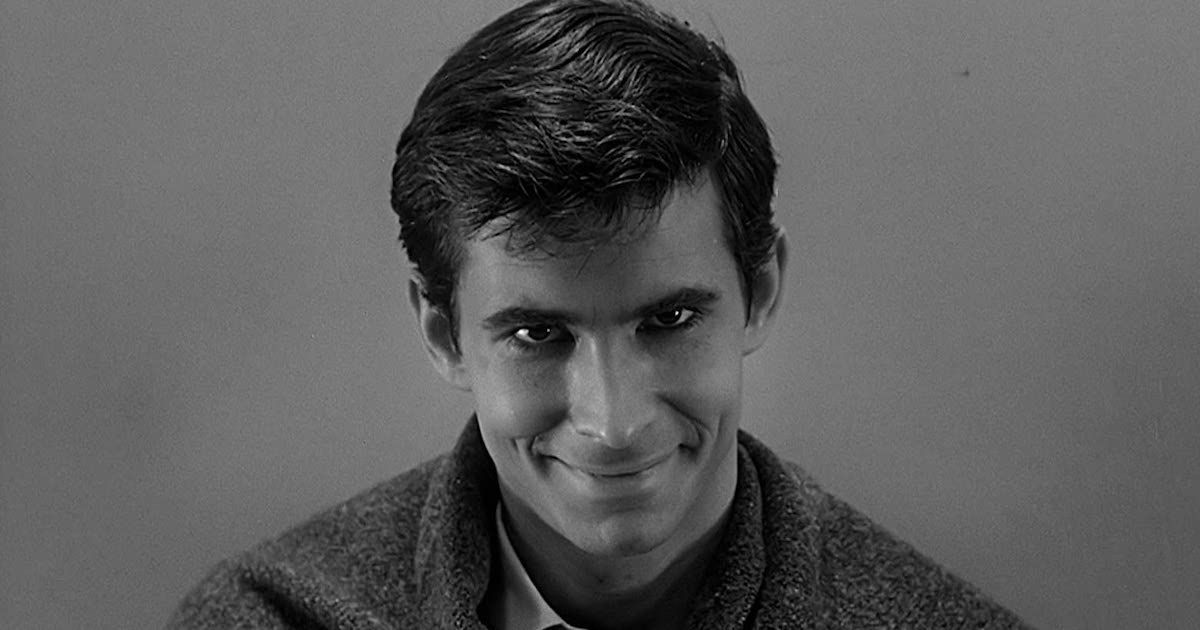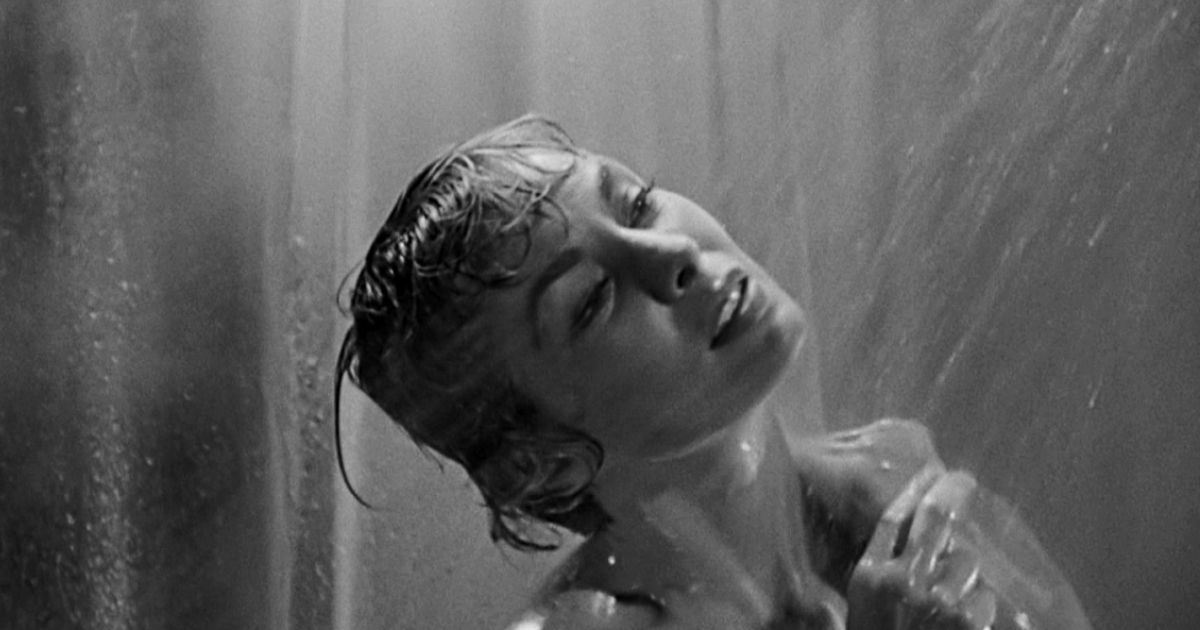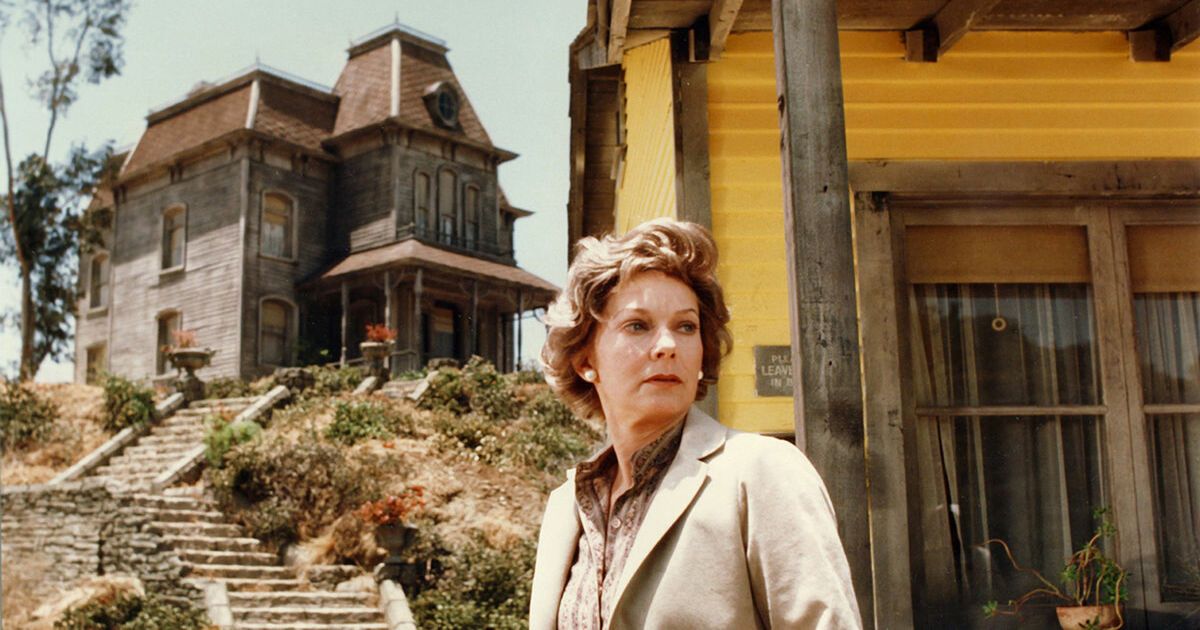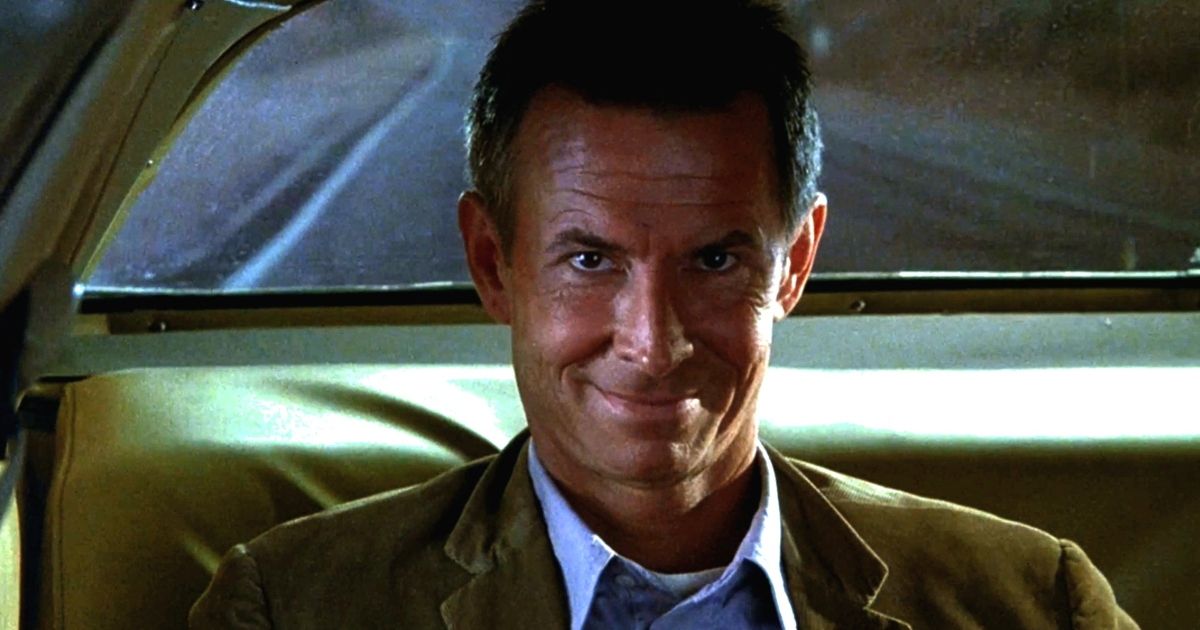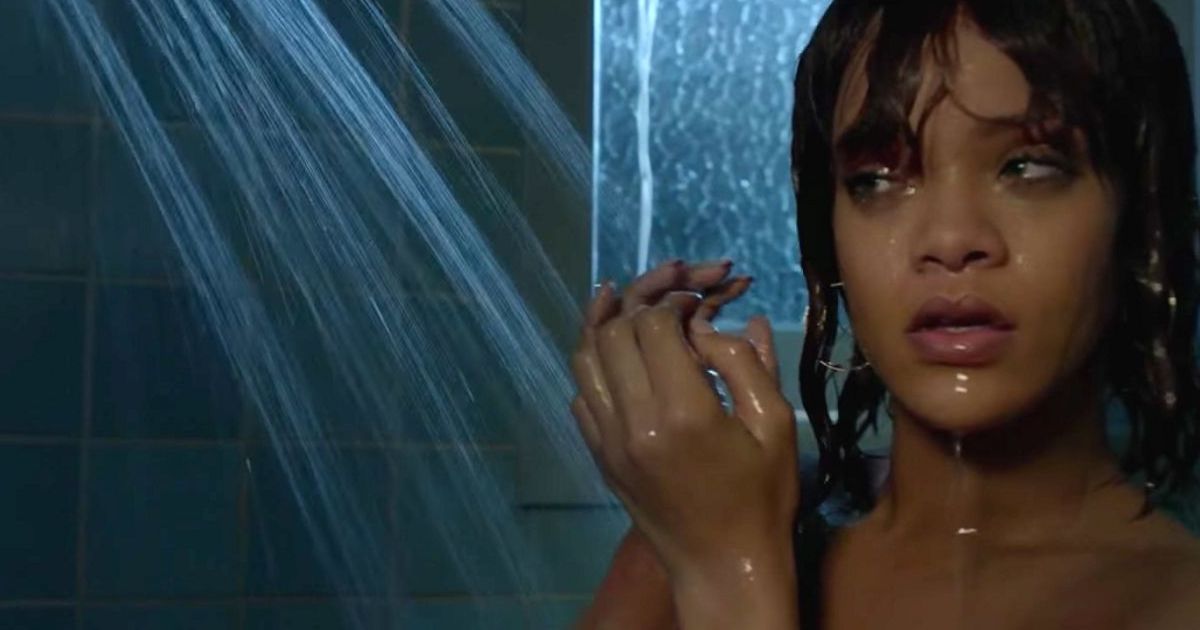One of the most controversial films of its day, Alfred Hitchcock’s pioneering horror masterpiece Psycho has endured as one of the most suspenseful films ever made for over six decades. Nearly everything about the movie is iconic; from the stinging Bernard Herrmann score to the emotive performance of star Anthony Perkins, the film is made up of archetypal elements that have come to define the horror genre as we know it today.
So we know that Psycho the movie is a classic, but what about Psycho the franchise? Yes, though they are largely ignored or forgotten by much of the general public, there are three mainline sequels, a spin-off TV movie, a shot-for-shot remake, and a prequel TV series all branching off of Hitchcock’s pièce de résistance. Here’s why the Psycho franchise as a whole is one of the best in all of horror.
Launched by an Iconic Classic
While most horror films are shrugged off by critics as disreputable – oftentimes as reprehensible – trash, Psycho defied the norm and swooped up four Academy Award nominations, and earned universal acclaim that continues to be reflected today in modern evaluations. The film would be a much-praised and studied masterpiece for its iconic shower murder scene alone, but it’s no one-trick pony. For a film so good, it’s no wonder that it would spawn a slew of sequels and related media. What might come as a shock, however, is that, unlike the ill-favored precedent set by the Jaws sequels, Psycho’s extended family turned out great.
The Sequels Kept It Fresh
Unlike so many horror franchises of the ‘80s, the Psycho series never fell into the bog of formulaic rehashes. Instead, each subsequent film brought in new twists and subversions to keep the series interesting. As Collider aptly puts it, “While other horror franchises like Friday the 13th or A Nightmare on Elm Street have several sequels that are largely indistinguishable from each other, each film within the Psycho franchise is totally different.”
In 1983, the first sequel breathed fresh air into the series that sat dormant for over 20 years; Richard Franklin’s shockingly good Psycho II revitalized the series and brilliantly expanded upon the Bates Motel lore. Most importantly, the film revealed new sides to the Norman Bates character that cemented his status as one of the most sympathetic-yet-terrifying villains in horror history.
In 1986, Norman Bates actor Anthony Perkins himself directed Psycho III, to which he imparted a stylish flair, a few stand-out Giallo-esque murder set-pieces, and a welcome dose of black humor to boot. The threequel’s unique tone is beautifully exemplified by the scene in which Sheriff Hunt defends Bates in the face of a reporter who wants the killer convicted. Hunt tenaciously implores the reporter to leave Bates alone while chewing on ice which is, unbeknownst to him, colored red with the blood of Bates’ most recent victim.
Even the admittedly misguided prequel Psycho IV: The Beginning works decently enough as a well-intended send-off for the character, capping the franchise off with the oh-so satisfying image of the legendary Bates house burning to the ground.
The Conflicted Killer at its Core
Perhaps the biggest reason for the Psycho franchise’s success is that it rests largely on the shoulders of one of cinema’s greatest bad guys: Norman Bates. Throughout the series, Bates is depicted as a complicated villain; no matter who directs or what the tone of the movie is, the character is treated with reverence and dignity, and Anthony Perkins always delivers a magnificent performance.
As Roger Ebert described in his positive review of Psycho III, “Norman is not a mad-dog killer, a wholesale slasher like the amoral villains of the Dead Teenager Movies. He is at war with himself.” Unlike most slasher villains, Norman is grounded and sensitive, reflecting not the ultimate living embodiment of evil, but rather the capability for corruption residing in us all. His outwardly innocent and naive appearance causes both his victims and the audience to lower their guard, which makes it all the more shocking when he strikes.
As Film School Rejects puts it, “Psycho brought forth a purveyor of barbarity that any of us could unknowingly encounter, being fooled by the compassionate humanity that we’ve been taught will keep us safe.” Perkins’ monumental portrayal of the titular psycho will always be a horror icon.
A Lasting Legacy
It all started with a crazy experiment – Hitchcock, one of the hottest directors in Hollywood at the time, decided to follow up his 1959 big-budget hit North by Northwest with a low-budget, independently produced, black-and-white film about a serial killer with mommy issues. People thought he was crazy taking a gamble like that, but it paid off in dividends. Psycho, while not an instant critical hit, was a box-office bonanza like no other.
The film’s success broke down long-withstanding taboos concerning violent and sexual content in mainstream movies, and gave way to a plethora of decidedly less-prestigious but super-salacious low-budget productions, ushering in the first “exploitation boom.” The exploitation era would later blossom to its full potential in the late ‘60s and into the ‘70s, proffering forth genre-defining slashers such as The Texas Chain Saw Massacre and Halloween.
Now considered one of the most highly regarded horror films of all time, Psycho’s lasting influence cannot be overstated. The film and its sequels continue to be referenced, parodied, and paid homage to in contemporary media, and the original premise remains fascinating even to new audiences, as proven by the highly underrated Bates Motel TV series.

